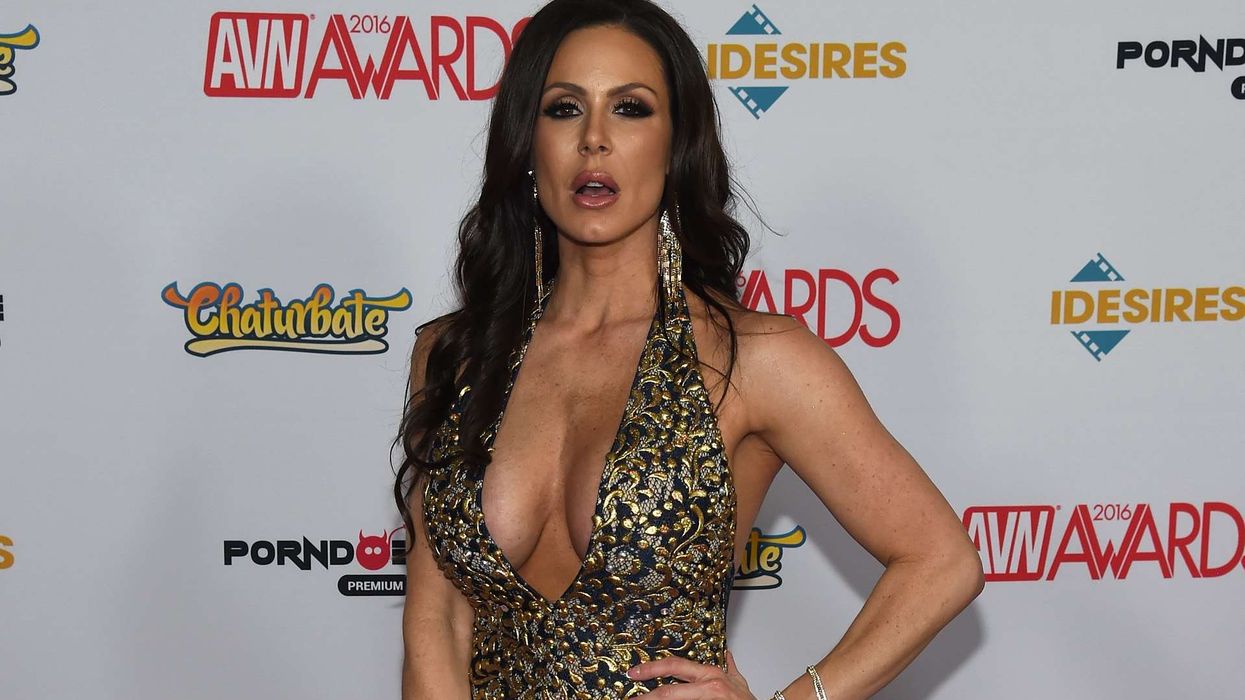Avantika Khattri plunged into Hindi films with the 2013 war-comedy War Chhod Na Yaar, also featuring Sharman Joshi and Soha Ali Khan in central characters. Though being in front of the camera always fascinated her, acting was not the only thing that she had on her mind when she entered showbiz. Direction and production arrested her attention in equal measures.
In 2016, Avantika bankrolled a short film called Beautiful World, presented by celebrated filmmaker Anurag Kashyap. Buoyed up by the response that she received for her maiden production venture, Avantika moved on to produce, direct and star in yet another short film titled For All That You Are. The LGBTQI themed short film has travelled to several international short film festivals across the globe, fetching the top honours for the entire team.
In an interaction with Eastern Eye, Avantika Khattri talks at length about For All That You Are, the response she has received from the audience so far, what led her to direction and production from acting and much more. She also talks about the rapid growth of digital medium and whether or not it can pose a threat to the culture of traditional cinema viewing in India or anywhere else, for that matter.
Tell us something about your short film For All That You Are. What is it all about?
The film explores the relationship between two female ex-lovers from different cultural backgrounds, who happen to reconnect post an abrupt break-up but are unaware of each other’s intentions. Replete with unexpected twists and turns, the film highlights the women’s varied beliefs and shocks the viewers with an unpredictable climax.
How has been the audience's response so far?
Overwhelming love is what we got from the audience as response. The kind of good reviews we’ve received from all quarters are massive and mind-boggling. I am thankful, humbled and honoured for all the love and appreciation for our earnest and honest efforts towards delivering the best content possible. And we’ll continue to do the same.
Please tell us something about your background.
I hail from Jhansi which is a town in Uttar Pradesh, born to a doctor father and an artist mother. I am an MBA in HR by qualification and have years of experience in the media and entertainment domain. I began my career being extremely passionate about performing arts and have also dabbled in modelling and have represented some of India’s leading brands such as Rasna, Aircel, Blackberry, Haier Home Appliances, among others. I have also played a leading role in the critically acclaimed 2013 film War Chhod Na Yaar and have also featured in numerous music videos featuring some of India’s biggest music artists.
You started out as an actress. Then what led you to direction and production?
Show business always fascinated me and motion pictures in particular. So being part of the moving images was the plan. “Which Part” was never the plan. More so it takes years of experience and learning to be able to find a foothold in any industry. I’ve been training myself diligently and been honing my skills on the job. And now after releasing two short films on the most popular OTT platforms in India and abroad, I can safely call myself an actor, director and a producer.
Apart from helming the project, you also played the female lead in it. How difficult was it for you to juggle both the responsibilities?
It’s not been a cakewalk for sure. I faced many difficulties in this entire process of filmmaking. More so, it was quite challenging for me as an actor to portray such a character as the protagonist is a little bit in a self-destructive phase. So getting into the skin of the character and performing it, as well as simultaneously handling the entire crew as a director, was quite a task.
Are there any plans to direct a full-fledged Hindi film in future?
Life never works according to our plans is what I’ve realised and thus have stopped planning so much in advance. But if given an opportunity then why not!
Will you be focusing more on acting or direction henceforth?
I am primarily an actor. But henceforth I’ll be focusing on both. Why should I reject the opportunities and the endless possibilities that this life has to offer? And I truly believe in the expression - “Do what makes you happy” and “never doubt the power of your own potential."
How do you look at the growth of the digital medium as a storyteller?
The model is changing fast. For the first time, we live alongside a medium that is infinite. The social-mobile revolution means the ability to both produce and publish content is no longer restricted. Nor is space through which good stories can spread. As the volume of content has exploded and attention spans have shortened, captive audiences held hostage by the medium no longer exist.
Do you think its growth is going to pose a threat to the culture of traditional cinema viewing in India?
No, I don’t think so. One of the most popular leisure activities of all time is movie watching in theatres. May the film genre be drama, action, fiction, documentary or comedy, watching movies is a relaxing way to break free from our daily activities, studies, work and other routines for at least two good hours. So, "Threat to Theatres” as a concept doesn’t exist is what I feel.
What's coming next?
Many things are in the pipeline but are at a very nascent stage so won’t be able to talk about it much as of now.
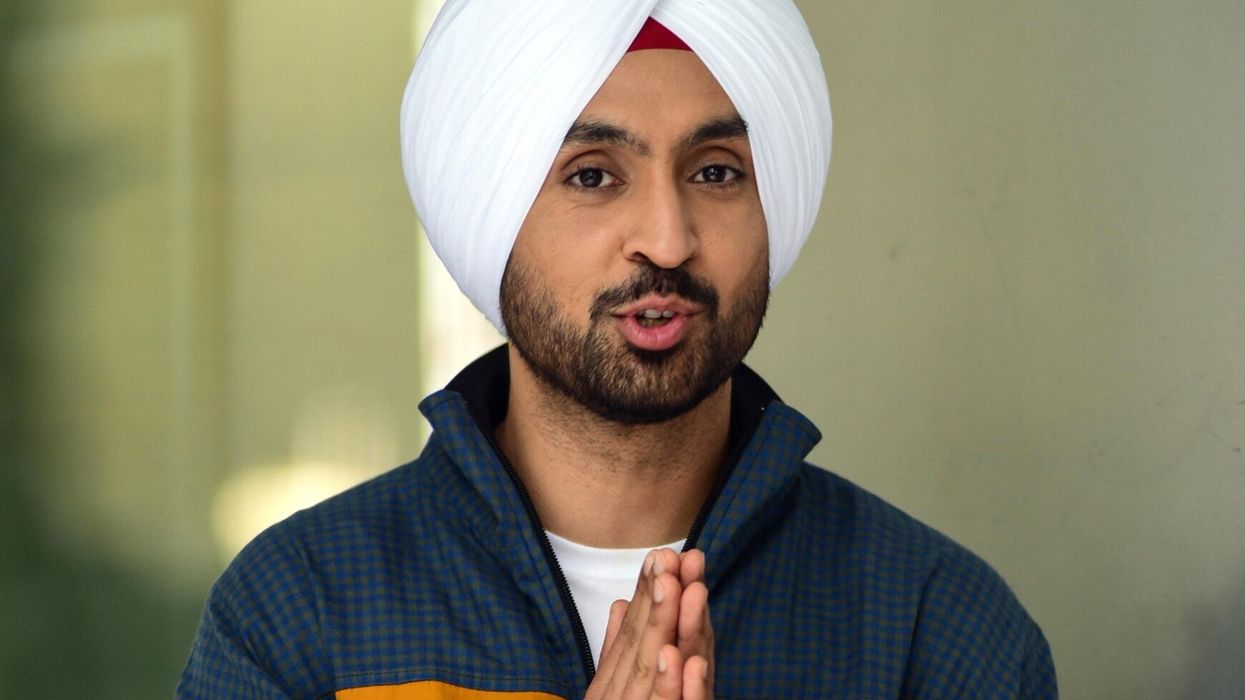
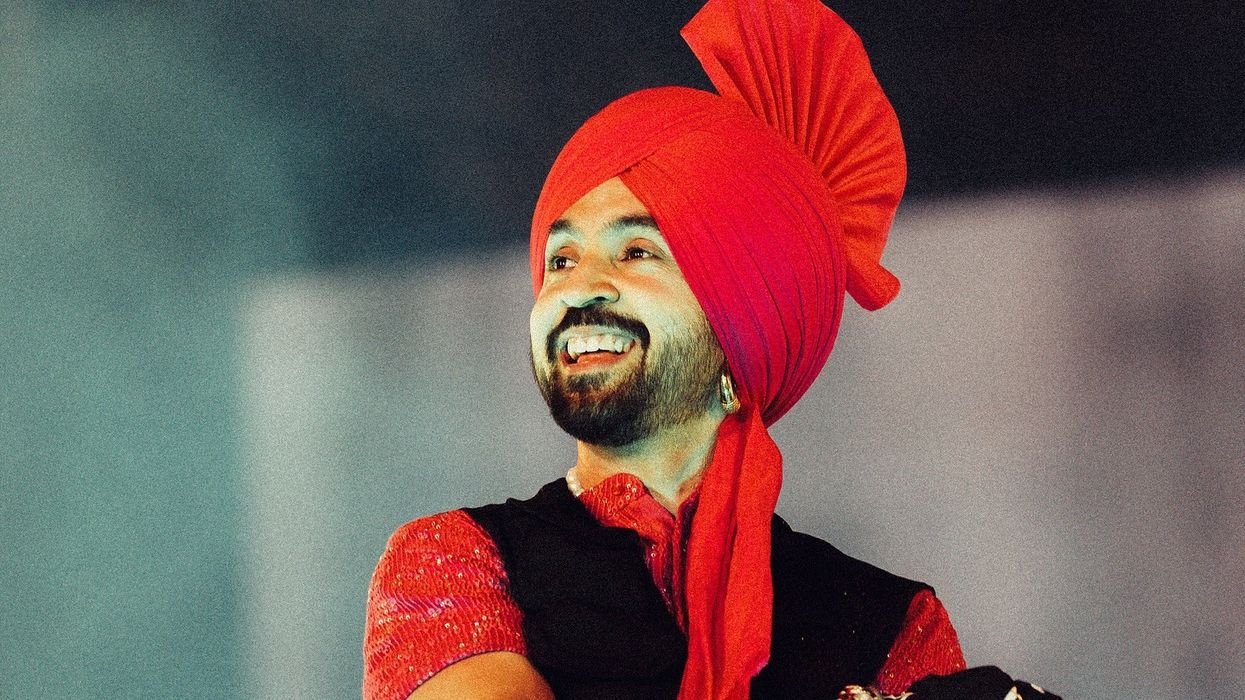
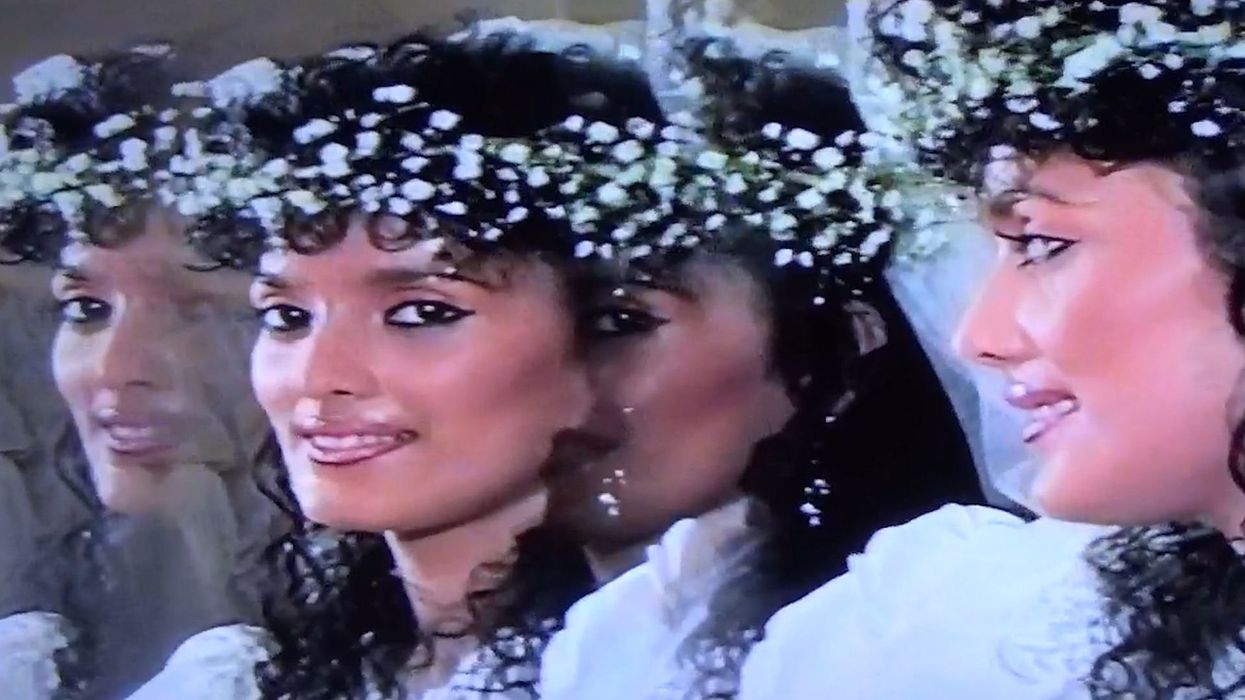
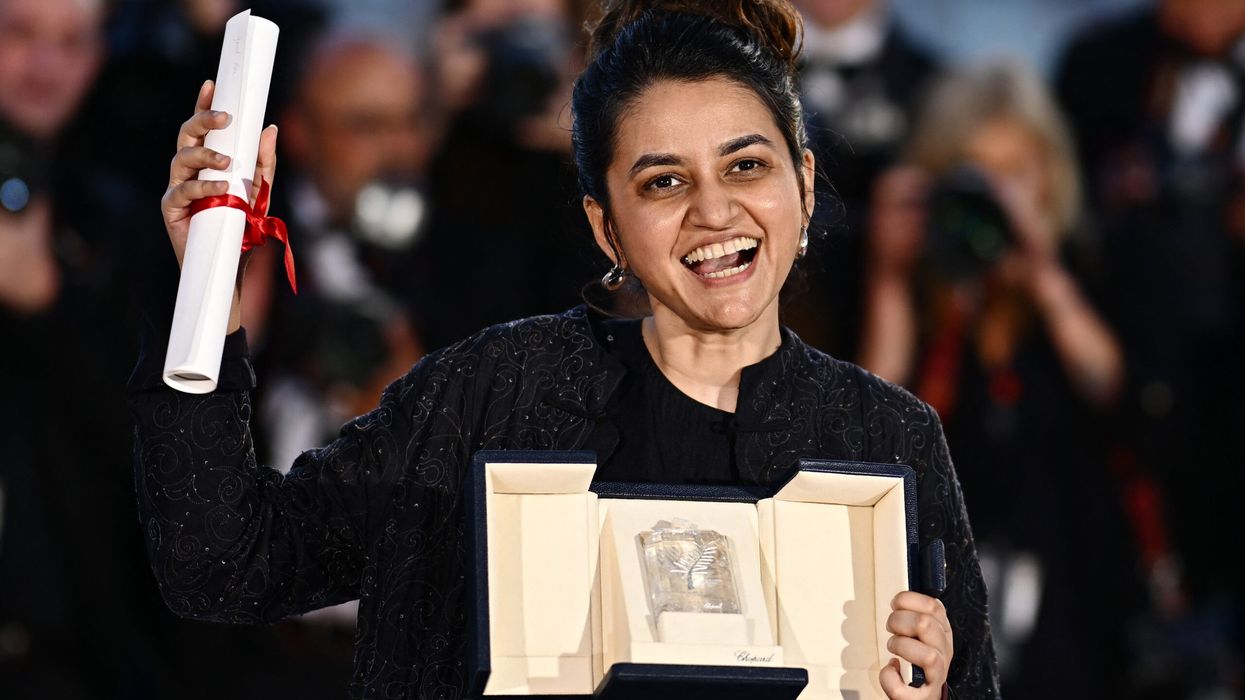
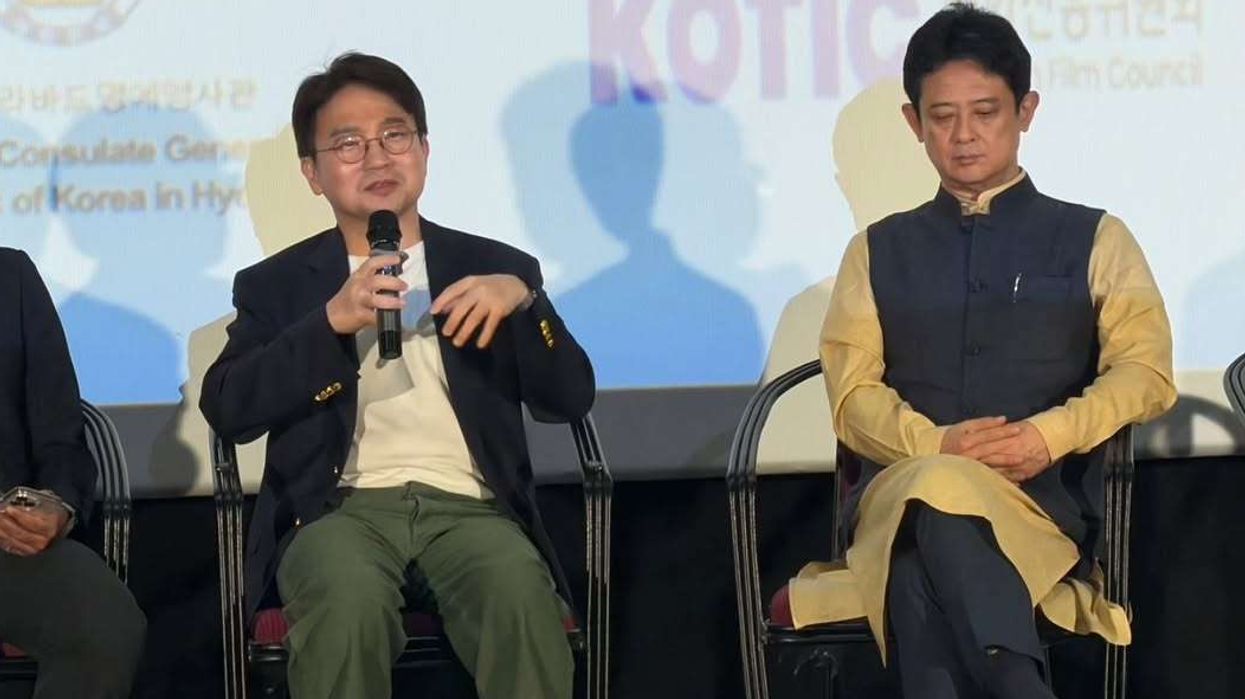
 Yoo Insik says 'Extraordinary Attorney Woo' success shows India is ready for its own global content surge Instagram/koreanembassyindia
Yoo Insik says 'Extraordinary Attorney Woo' success shows India is ready for its own global content surge Instagram/koreanembassyindia 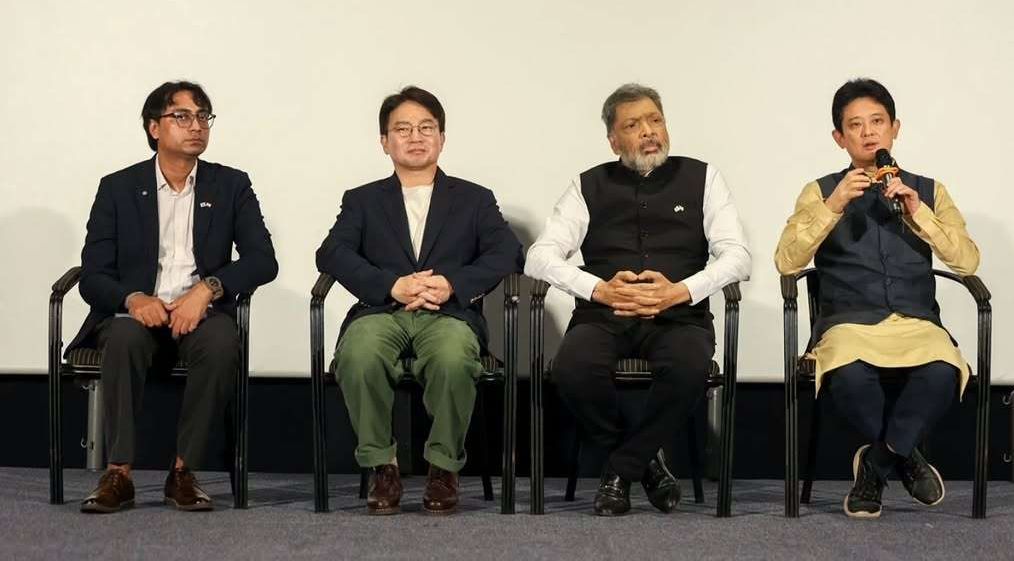 Director Yoo Insik visited India to participate in the 2025 Hyderabad Film FestivalInstagram/koreanembassyindia
Director Yoo Insik visited India to participate in the 2025 Hyderabad Film FestivalInstagram/koreanembassyindia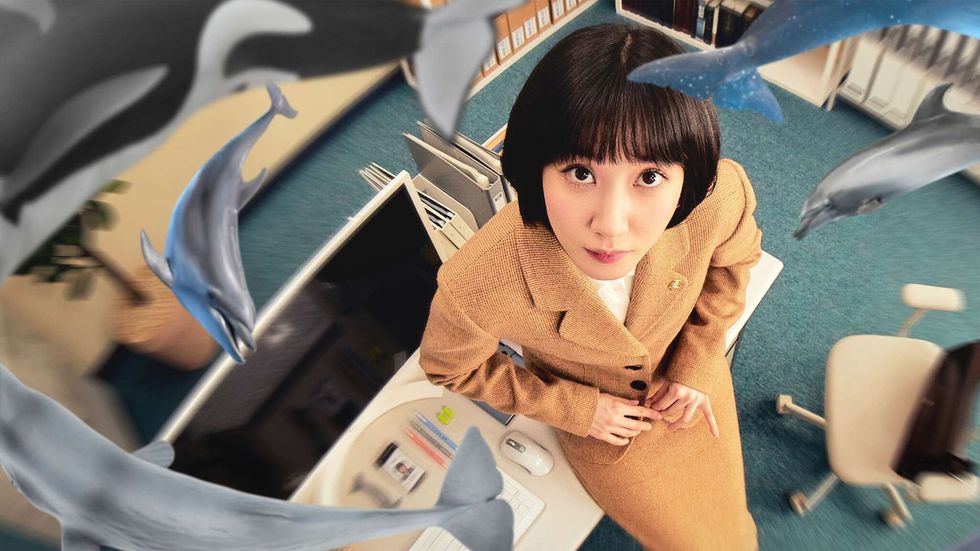 Extraordinary Attorney WooNetflix
Extraordinary Attorney WooNetflix 